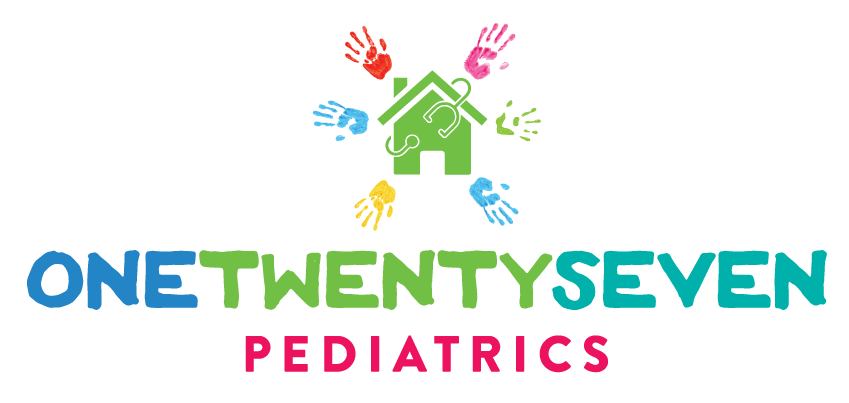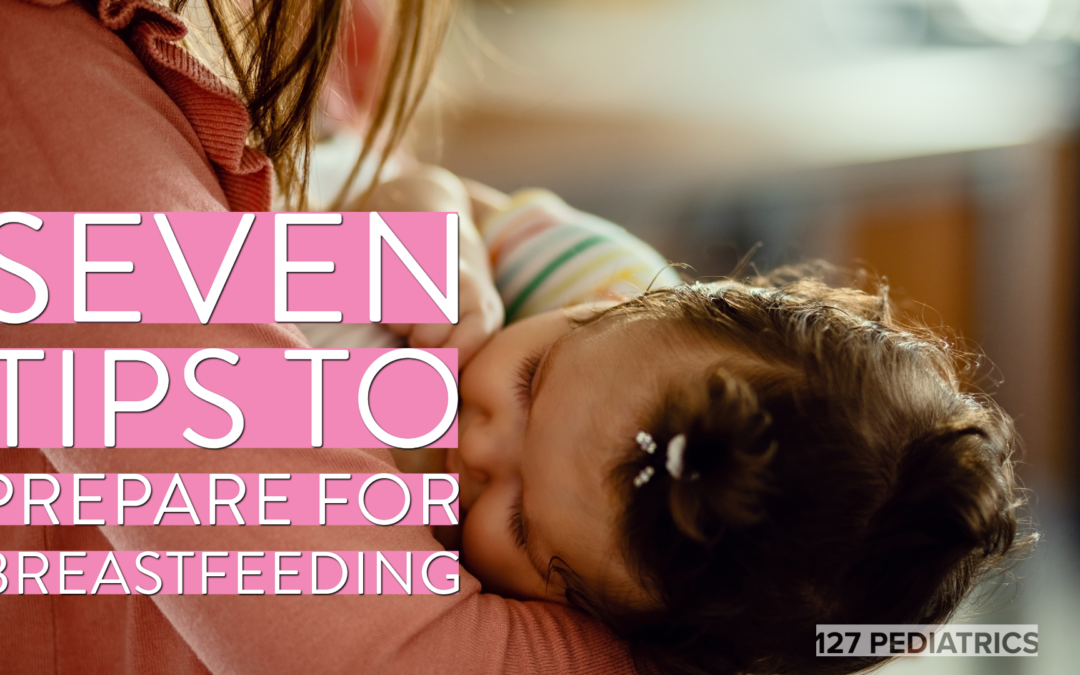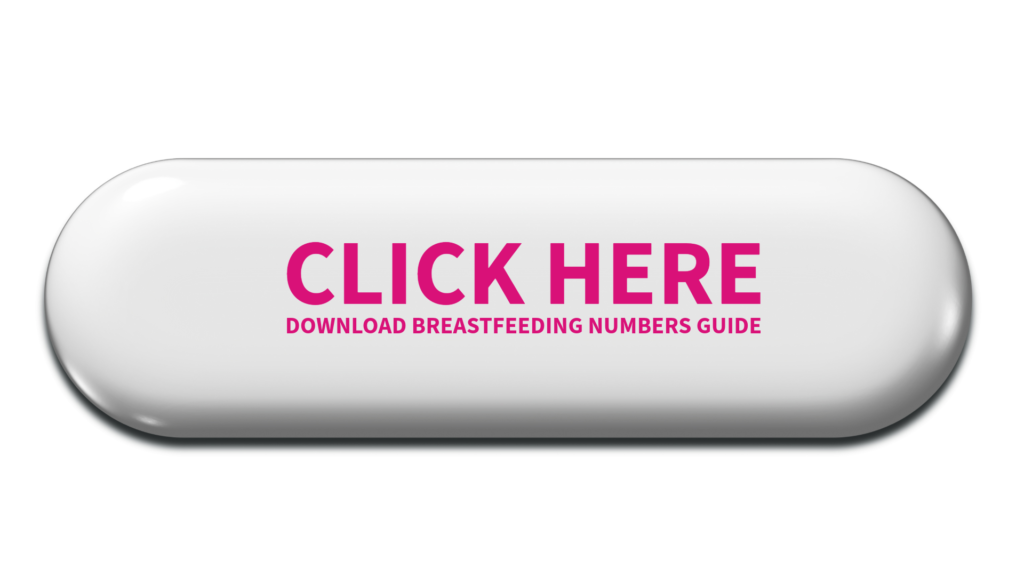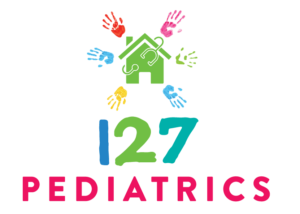In the early stages of pregnancy, Lucy was excited about the prospect of becoming a mother for the first time. She was cautiously optimistic and didn’t want to allow herself to become too excited about this pregnancy. Previously, she had had two early pregnancy losses and no one could really tell her why. As she entered her second trimester with this pregnancy, she was quietly happy inside but something still nagged at her to prepare for the worst.
Thankfully, she made it to the third trimester in her pregnancy and began to feel relief and excitement about the new life growing inside of her. Now, she began to turn her focus towards motherhood and her dreams of successful breastfeeding.
Just like Lucy, mothers who desire to breastfeed their new baby need to do a little bit of preparation ahead of time in order to ensure success. Breastfeeding is time sensitive and how you handle the first few days can lay the path toward success or failure.
In this article, we will look at seven ways to prepare for breastfeeding.

1. Optimize Your Health
One of the first steps towards successful breastfeeding is a healthy mother. While not all medical conditions can deter your route towards breastfeeding, it is important for you to know which health conditions could potentially throw you off course.
Generally, medical conditions that affect your hormones will put you at risk for low breast milk supply. While not everyone with these conditions will experience this, it puts you more at risk to fight this uphill battle. There are several maternal health conditions that put you at risk for low milk supply and these conditions can occur prior to pregnancy, during pregnancy or as a result of postpartum complications.
In addition to health conditions, certain medications can affect successful breastfeeding. Different medications can interfere with breastfeeding either by affecting the breastfed baby or by decreasing milk supply. In general, many medications are safe for breastfeeding. However, there are many subtle things to keep in mind about medications and breastfeeding.
Additional factors to consider include a history of prior breast surgery, such as breast reduction. Also, if you have had a history of breast cancer, you will need to consider what kinds of treatment you had and its effect on breastfeeding. While it is important to note that many women who have had breast surgery or cancer are able to successfully breastfeed, it is something that you should discuss with your healthcare provider and a lactation consultant prior to giving birth.
Breastfeeding Diet
You will need extra calories in your diet as a breastfeeding mother. Ideally, these calories should come from mostly healthy foods. Generally, we recommend eating an extra 300-500 calories above your baseline needs in order to produce adequate breast milk for your new baby. In addition, you should continue to take your prenatal vitamins while you are nursing. This benefits your body and gives you the added nutritional support that you need for breastfeeding. Lastly, as a breastfeeding mom you will need to drink extra fluids to keep up with the demands on your body from breastfeeding.
Although dieting is not necessary, many women also want to know more about how to safely diet during breastfeeding or how to safely exercise during breastfeeding. In the weeks after birth, healthy food choices are more important than truly adhering to a strict diet.
2. Learn Breastfeeding Positions
If you have never held a baby before, it will take some time to learn how to support and position a newborn. In order to hold a newborn for breastfeeding, there are several different kinds of breastfeeding positions that I recommend. While you don’t need to memorize the names of these positions, you should understand the basics of how each position offers benefits or drawbacks.
How to hold a baby for breastfeeding
The most important part of correctly positioning a baby for breastfeeding begins before you even pick up your baby. First, you should bring the baby to the level of the breast. You can use regular household pillows for this or a specific nursing pillow to accomplish this. Next, your baby needs to be facing you with their belly lined up against yours and their nose positioned closely to your nipple.
These first steps will help you to position the baby correctly and decrease your odds of muscle soreness in your back or sore nipples due to a poor latch. In the early days of breastfeeding, you should follow these steps each time you feed until you are comfortable in your role as a breastfeeding mother.
Cradle position
How to: Place the baby’s head in the crook of either your right or left arm, while using your opposite hand to position your corresponding breast for latching.
Benefits: It is considered an easy and familiar position.
Drawbacks: I generally recommend that new mothers wait to use this position until they have mastered the latch-on process. In my experience, there is a tendency to position the baby’s head too high for latch on when you are new to breastfeeding.
Cross cradle position
How to: Place your right (or left) hand behind the baby’s neck and shoulders, as the baby lies across your arm. With your left (or right) hand, you position your breast for the baby to latch on.
Benefits: This position provides the most control over your baby’s head and neck.
Drawbacks: It may not feel natural to you at first.
Football hold (also known as the clutch hold)
How to: Position the baby against the side of your body, similar to holding a football. Your baby will lay against your right arm, and you use that hand behind the baby’s neck and shoulder to position them, while your left hand positions your breast for latching on.
Benefits: This hold is beneficial for mothers who have had a Caesarean birth, have large breasts, or whose nipples don’t point straight forward.
Drawbacks: It can be challenging for some mothers as it is difficult to see if the baby is latching correctly.
Side lying position
How to: Lay on your side on a flat surface with the baby lying on their side facing you.
Benefits: Relaxing for both mom and baby. It also keeps pressure off of mom’s abdomen.
Drawback: It is easy to fall asleep. If using this position in the early postpartum days, it is important to have another awake adult present
You can read more about breastfeeding positions and see pictures of different holds by reading my other articles.
3. Basic Understanding of Breast Milk Production
The breastfeeding process is complex as it involves hormones, mother’s anatomy, baby’s anatomy and the newborn’s ability to extract milk. There are five components of successful breastfeeding that all work together in concert. A basic understanding of this complex process will give you a leg up when it comes to successful breastfeeding.
First, breast milk production begins around 16 weeks gestation of pregnancy. During this time, hormones stimulate the growth of milk-producing cells in the breasts. The development of milk ducts and growth of other breast milk producing tissue happens during this time. However, pregnant women do not produce large amounts of breast milk during pregnancy. This is due to the hormones progesterone and estrogen. These hormones maintain pregnancy while suppressing the hormones involved in breast milk production.
Next, after the birth of your baby, removal of the placenta signals the brain to increase the hormones involved in breast milk production. This is due to a precipitous drop in progesterone and estrogen. In the early days of life, your body will slowly ramp up its milk production until it hits the point of copious milk production around 72 hours postpartum.
Initially, your breasts produce colostrum in small volumes. Most women produce approximately a teaspoon of colostrum or early breast milk every few hours. This adds up to approximately one ounce of breast milk per day for the first couple of days of life. There is a difference between colostrum and more mature breast milk.
Early Days of Breastfeeding
After the first 24 hours of breastfeeding, things continue to move towards the next stage of breastfeeding which is lactogenesis 2.
Once you get to around 3-5 days postpartum, your body will go through a stage called “copious milk production” which is lactogenesis stage 2. This is when your milk comes in and your breasts produce a greater volume of breast milk. You may experience engorgement or other early common breastfeeding challenges at this stage.
During the first 10 days postpartum, your breast milk production is entirely under the control of hormones. Beyond 10 days, production control moves to the level of the breast in a more supply and demand fashion. While hormones continue to be important, emptying your breasts regularly will cause them to produce more milk. Skin to skin contact with your baby also helps your milk production in these early days.
4. Take a Breastfeeding Class
Thankfully, there are many breastfeeding resources available these days. From books on breastfeeding, to Instagram accounts to both in person and online breastfeeding classes, there are a lot of things to choose from when it comes to breastfeeding preparation. My advice is to pick one or two resources and stick with their advice. If you would like to be on my email list so that you can be the first to know about our upcoming classes, click the link below to sign up for our newsletter.

Taking a breastfeeding class during pregnancy is a helpful way to prepare for breastfeeding. The class will provide information on the basics of breastfeeding, including baby positioning and the early stages of nursing. It will also cover different types of breast pumps, when to pump, and establishing a breastfeeding routine.
Furthermore, consider finding a class that provides information on methods to enhance milk production, factors that contribute to insufficient milk supply, and strategies to address typical challenges in the early stages of breastfeeding.
Additionally, it can provide a valuable opportunity to establish connections with other new mothers who are experiencing similar situations. With the knowledge and support garnered from this experience, you will be well-equipped to give your baby the best possible beginning in regards to breastfeeding.
5. Mentally Prepare
Mental preparation before child birth and becoming a new mother is also key to success. While a basic understanding of breastfeeding will get you further than coming in with no knowledge, mental preparation is also important. In my professional opinion, the first six weeks of your new baby’s life are the hardest.
This is mostly because babies need constant care around the clock. Additionally, during these early days, they are less interactive than they will be in the coming months. This can feel very draining for many women. Your baby’s temperament will also make a difference in your enjoyment of this stage. As a high achiever in your life and career, you may find this stage of motherhood more draining than fulfilling. Breastfeeding is a full time job in the early weeks. Be sure to talk with other mothers who have walked this road before you.
6. Prepare Your Nipples
Thankfully, there is nothing specific that you need to do in order to prepare your nipples for breastfeeding. During pregnancy, your body prepares your breasts for breastfeeding. Typically, hormonal changes cause darkening of the areola (dark area around the nipple) and changes to the nipple itself. Please avoid internet suggestions and products that claim to toughen your nipples. This is entirely unnecessary and possibly even harmful.
However, you can prepare by
- Pick out a nursing bra brand (remember that your breasts will increase from their normal size)
- Research breast pumps and pumping supplies if you plan to return to work
- Read about nipple shields and their risks and benefits
- Discuss flat or inverted nipples with your healthcare provider or meet with a lactation consultant prenatally
Make a Breastfeeding Plan
You can use this article as a starting point in order to make a breastfeeding plan for yourself. Additionally, you can download my breastfeeding plan which is a checklist of things to do during your newborn hospital stay in order to increase your odds of successful breastfeeding.
7. Know the Benefits of Breastfeeding
While you may still have questions about breastfeeding, likely you are like Lucy and know that breastfeeding is beneficial for both you and your new baby. Breastfed infants have a lesser chance of being ill with ear infections, diarrhea or other GI illness and also have a lower risk of contracting certain types of childhood cancers. Mothers who breastfeed lower their risk of breast cancer as well as other types of reproductive system cancers.
Additionally, women who breastfeed their newborns have less risk of bleeding or postpartum hemorrhage in the hours after birth. As the weeks of breastfeeding go by, each breastfeeding session gets you closer to many more health benefits.
How Can 127 Pediatrics Help
At 127 Pediatrics, we are dedicated to the health and well being of our pediatric patients as well as paving the path for new mothers towards success with breastfeeding. As a result, we offer many free resources to set you towards meeting your breastfeeding goals.
© 127 Pediatrics, April 2024
This article is for information purposes only. Please consult your personal physician for medical advice.

Dr. Andrea Wadley owns and operates 127 Pediatrics. She started the practice in 2018 as a way to provide a more personalized option for both pediatric and breastfeeding care in the DFW metroplex. As an extension of her practice, she also offers breastfeeding consults as well as online education.




